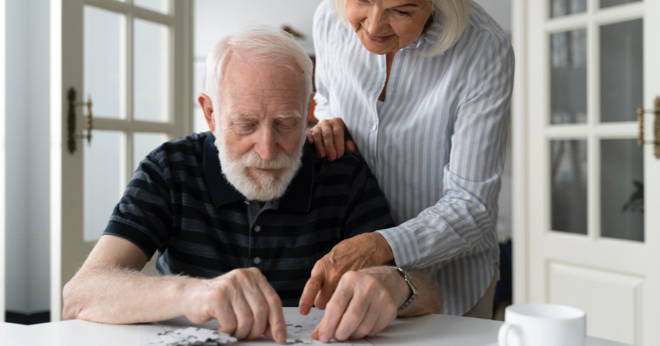With no cure on the horizon, nursing staff, carers and families are finding innovative ways to tackle this illness through assistive technology.
Assistive technology are devices or systems that help maintain or improve a person’s ability to do the everyday things to remain more independent longer. These devices or systems can assist with a range of difficulties, including problems with memory and mobility, and can differ between suitability in the home or in a care facility.
At home assistive devices and systems could include smart home systems where family can set timers for switching lights, heating and security on/off; electronic alarms for notifications for eating, taking pills and getting up or going to bed; smartphones and smart tv’s with memory apps for problem solving.
In care facilities, assistive devices and systems could include wayfinding screens to help patients navigate the home; interactive smart boards for supported engagement on memory apps for problem solving; tablets for displaying videos and photos to support reminiscence therapy.
Clevertouch has been supporting care facilities globally with assistive technology devices focused on memory and reminiscence therapy being deployed in health and care facilities through the NHS in the UK, Government run facilities in the EU and private hospitals in the US. Their two most popular health and care facilities products are the UX Pro and CleverLive.
The UX Pro is an interactive panel that delivers the touch and sturdiness needed for engagement therapy with clinic and care patients, and is frequently used by medical staff for collaborating on patients, meetings and to run training and therapy trials.
CleverLive is an intuitive digital signage platform that can be deployed for wayfinding, broadcasting daily information and important messages, and used within the patients room for displaying chronological photos and videos.

